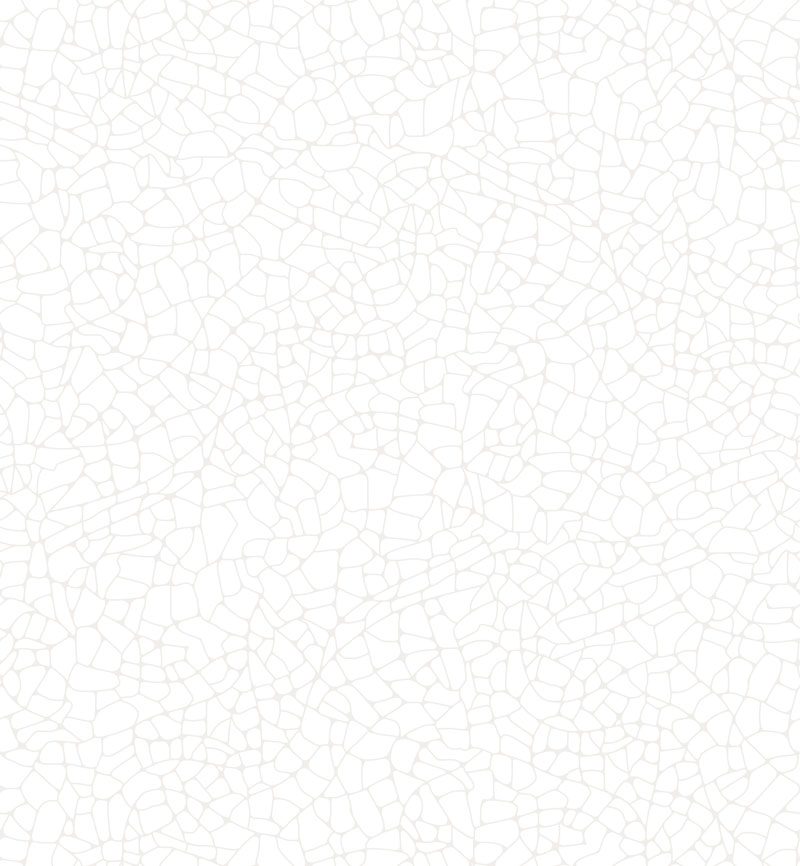
Globally acclaimed multidisciplinary artist, Jan Hendrix, made his mark in D.C. with his latest sculpture The Veil at 2100 L Street. Hendrix’s unexpected and unmistakable Veil climbs the building to create an extraordinary exterior with one-of-a-kind lighting and atmosphere throughout the interior.
A captivating architectural installation inspired by the willow trees that line the streets of the nation’s capital, the stainless steel sculpture adds a new dimension to 2100 L Street. Take a look behind The Veil in a Q&A with Jan Hendrix to learn more about his inspiration.
About Jan Hendrix:
How did you get started as an artist and what is your inspiration?
I attended art college in 1974, graduated, and days later was working as an artist. I started as a printmaker doing etching, silkscreen and more in different sizes and scales. After more than 40 years, this is still one of my lifelines in a certain way.
Now, I create art on a very large scale, integrating my work into commercial real estate projects, for example. When I started my art career, I focused on the relationship between nature and landscape. My process starts with drawing – pulling the essential lines of a subject. I then use the drawing as a filter for the final piece. At 2100 L, the leaf structure wraps around the building, but at its core, it is just a leaf. Plants and nature are the inspiration in all my work.
What type of art are you most interested in?
I’m interested in good art. I’m interested in beautiful art. I’m interested in the usefulness of art. I’m interested in architecture.
Architecture tends to become a companion of my way of thinking. I think of the usefulness of a space and how art can be incorporated to make it better. I like to think of it as working in the gray area between art and architecture.
About the installation at 2100 L Street:
What was your design approach at 2100 L Street?
When I was first contacted to get involved with this project, we quickly came to a conclusion about the layout of the lines. We had a long discussion about the subject matter: the leaf shape. This shape is based on a type of tree that is common in D.C., salix sericea, or silky willow tree. I often look at the local landscape – you can look at a landscape in many different ways, micro and macro. In this case, I liked the idea of the detail being a part of the larger piece.
For this project, we had the idea of having two layers of stainless steel with a matte finish on the outside and a polished finish on the inside – one layer reflects on the other, creating an unexpected glow from the inside.
How does this installation affect the overall aesthetic of the building?
Something about the transparency is very intriguing. You can see the design in different ways, from outside and inside. The outside allows you to see the whole picture. More intriguing. The inside is more elegant and subdued as to not be too distracting for the people working within the office building.
I wanted something that stands out and is not the usual office building. I wanted something that breaks up the glass façade you see everywhere and that sets a new standard for different ways to break that up. I like that this installation makes 2100 L stand out in the D.C. landscape.
How long did it take to conceptualize and design this piece?
This process takes a long time and it is a process that doesn’t always adhere to a set timeline. This project required multiple brainstorming sessions with some trial and error. Like a bottle of wine or a good piece of cheese, it gets better with age.
Think of it like writing a book – the first draft is brilliant, the second draft is full of doubts, and the final draft is a combination of the two. It’s a process that everyone does in a different way, but it is my way of working. I have to be very sure about what I’m doing when it’s on a very large scale, such as 2100 L.
What role can art play in a city?
We know life changes when you incorporate smart handling of buildings and good choices of creativity.
The examples of this idea are endless. The National Library on the river Seine in Paris is one of the best examples of how the whole area can change because of one building – when the building was built, the entire area began to change. Now, it’s one of the top areas in Paris.
Art beautifies the area and that’s important. Art has a bigger function than just a statement of the artist; art is a vitamin for space and if you do it in accordance with interesting architecture, it becomes a fascinating combination.
We would like to thank Jan Hendrix for his work and dedication to this project. It is because of his vision that from every perspective, 2100 L Street is a masterpiece.


